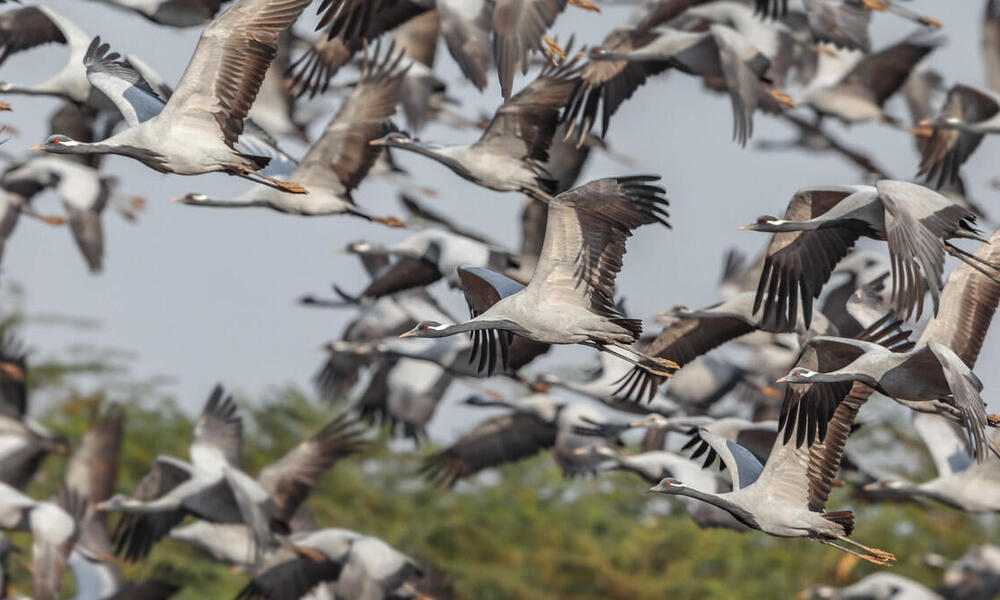Chemical and plastic pollution, and the illegal and unsustainable hunting of birds and eggs continue to contribute to this decline. However, the main driver is the loss of wetlands along their migratory routes. Extensive areas of wetlands have already been converted into agricultural fields and fishponds, or paved over by cities, roads, and railways, with no regard to the role of these ecosystems as life support systems for both nature and people.
Meanwhile, most major rivers are dammed — while proposed hydropower projects threaten the few that are still free flowing. Damming rivers alters the natural flow of water, preventing adequate recharge of wetlands downstream. It also reduces the flow of sediment, which nourishes mangroves and mudflats, and keeps Asia’s deltas above the rising seas. Slowly but surely, these wetlands—critical stepping stones along the flyways—are disappearing. Their loss deprives migratory birds of the pit stops they need to complete their annual round trip and denies us of our wetland life support systems.
What can be done? Nature-based solutions are one answer — investing in healthy rivers, lakes, and wetlands. Doing so will save lives and livelihoods, make economic investments safer, and ensure less socio-economic disruption in the face of climate change, while safeguarding the future of the region’s migratory birds.
WWF launched an ambitious Asian Flyways Initiative, bringing together communities, businesses, investors, other conservation organizations, and governments to tackle the systemic threats to the region’s wetlands. With its wide network of experts and offices in many flyway countries, WWF is working with countries to prioritize and protect their wetlands. Conservation efforts have already proven that critical flyway wetlands can be sustainably protected — whether in the Yellow Sea ecoregion in China, or or the Terai in Nepal. The breadth and depth of WWF’s experience will be harnessed through the Asian Flyways initiative.
WWF will continue to push for ambitious goals and targets to protect rivers, lakes, and wetlands across these flyways — and across the wider world — in the new global framework for nature, which will be agreed during the UN Convention on Biological Diversity.
Hopefully, decision makers will take time to raise their eyes to the skies and be inspired by the millions of birds migrating south — not just across Asia but Europe, Africa, and the Americas as well. Decisions these leaders take can give these birds a fighting chance of survival — and build more resilient societies and economies at the same time.
